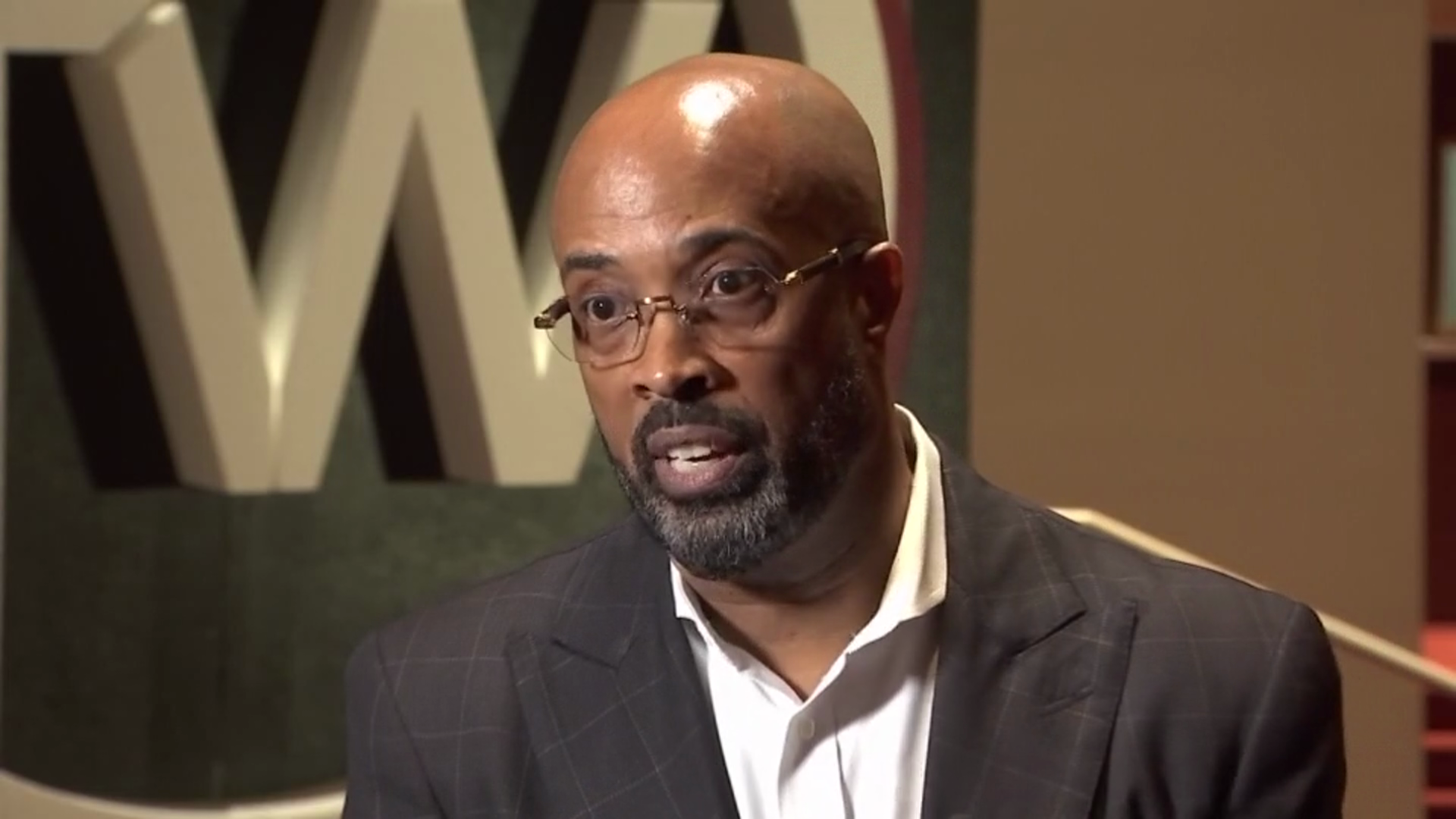When new Odessa Regional Medical Center Director of Radiology Sarah Tamayo wanted to give her mother a birthday present, she settled on a heart scan.
The Odessa American reports Tamayo had one performed, as well.
"The funny thing about radiology is it's the only way to really see inside of your body without intervention, so doing something like a heart view scan gives you that opportunity to look into your body and try to make sure that everything's OK -- not that it shows everything under the sun, but it's a good starting point," Tamayo said.
The heart view scans at Odessa Regional cost $75, as do the CT healthy heart scans, or calcium score, at Medical Center Hospital.
"We're looking at multiple things for this. Your age is always a factor. Your gender is always a factor, if you have any family history of heart problems, that's a major factor," Tamayo said.
She added that if you are overweight, smoke, have high blood pressure, high cholesterol, diabetes, chest pain or pressure, shortness of breath, previous catheterizations, stents and conditions it's a good idea to get a heart view scan.
"The older you get, the more at risk you are. My mom is late 60s and she has quite a few of these risk factors," Tamayo said.
Local
The latest news from around North Texas.
She added that her mother is a veterinarian. Being a medical professional, Tamayo said her mother would rather be on the caregiving side, so Tamayo said she felt that going with her would make her more comfortable.
"She loved it. She cried. It was fabulous. We went out for lunch afterward. It was a whole thing," Tamayo said.
Director of Marketing and Community Relations Tasa Richardson said many people are reactive when it comes to health care and the heart view scans give them the option to take more control.
Tamayo added that the scans don't take long. Once the patient is registered and hooked up to an EKG, it takes three to five minutes. A report is sent to the patient afterward.
Linno Guerrero, a CT technologist at MCH, said it's a good idea to come in for a calcium score because it comes with blood work that tests triglycerides, lipids and cholesterol. The patient also is weighed.
The scan shows calcium on the arteries and it's given a score.
Guerrero said MCH did take walk-ins, but they were getting upward of 10 people a day. Now they are scheduling three or four Monday through Friday. From start to finish, including registration and labs, it takes 20 to 30 minutes. The actual scan takes five to 10 minutes.
No dye is used in the scans.
"We're evaluating the calcium inside the arteries and if we do inject dye the scanner doesn't differentiate between the two, so it would not help to inject the dye unless there is a significant amount of calcium and the doctor requests going a step further or (to) another type of test," Guerrero said.
"Anything that's yellow, the scanner is reading as dense. It assigns it a certain number. The scanner will tell it it's calcium, or something that's dense," he added.
Each artery is scored to see if there was anything detectable.
"It gives you a range -- no identifiable plaque to extensive plaque burden and the likelihood of you having any coronary stenosis in those arteries," Guerrero said.
Patients get copy of the report. Bloodwork results are sent later.
Cardiologist Dr. Fernando Boccalandro reads these CTs, looks at calcium score and blood work and sends them an additional report of them both. Patients can take the report to their primary care physician or any other doctor they see.
Boccalandro said the scans are probably the best predictor to assess cardiovascular outcomes.
"They are better than statistical models based on demographics, like age, or sex, or risk factors so it has a lot of clinical utility because it allows you to see who is at high risk and who is at low risk," Boccalandro said.
It's also useful for people for whom use of cholesterol medication is being debated.
If the test shows you're starting to build up plaque, it could swing the vote toward cholesterol medicine, he added.
Asked how often people should go back for scans, Boccalandro said there's no firm answer.
"If you look at the current cholesterol guidelines, they actually incorporated this scan as part of the guidelines because, as I said, it helps determine who may or may not benefit from cholesterol medications. When you look at current data, it seems to perhaps have some value to repeat the scan every five to 10 years. There's not really any solid data as far as should you even repeat it," he said.
He added that it also is a motivator for people to see the scans because you can tell smokers they are at high risk for heart disease and that could mean trouble.
"Then when they see the scan and they see the plaque in their own heart, they say `Whoa. This is me,"' Boccalandro said.
When you review the scans with them, he said, they can tell you're not just telling stories and it gives them a chance to make changes and prevent a heart attack.
For people who are at low risk, they recommend showing the test to their primary care physician.
If they are at moderate risk, take it to a primary care doctor, or cardiologist for discussion to see if something different needs to be done.
"I would encourage people to do it because it's so simple and it really can make a big impact on what you do," Boccalandro said.



